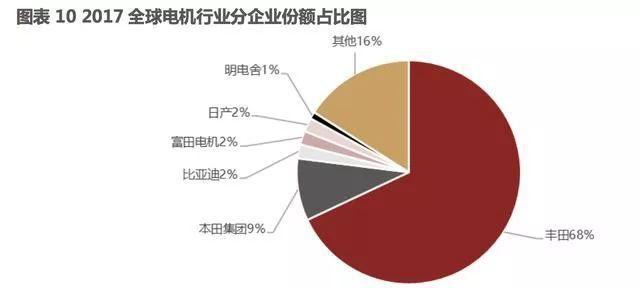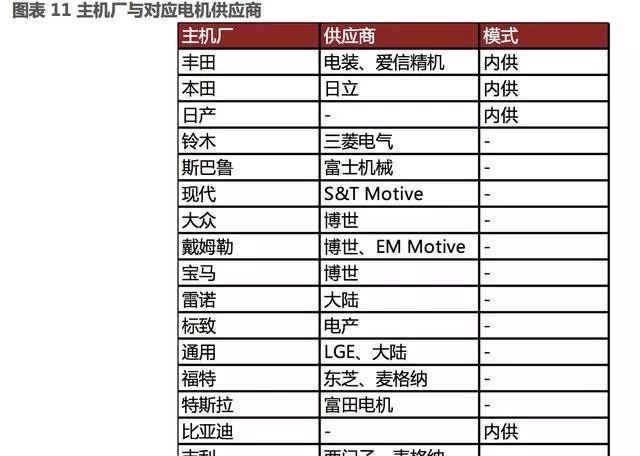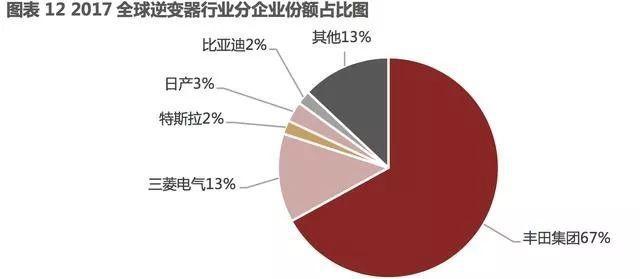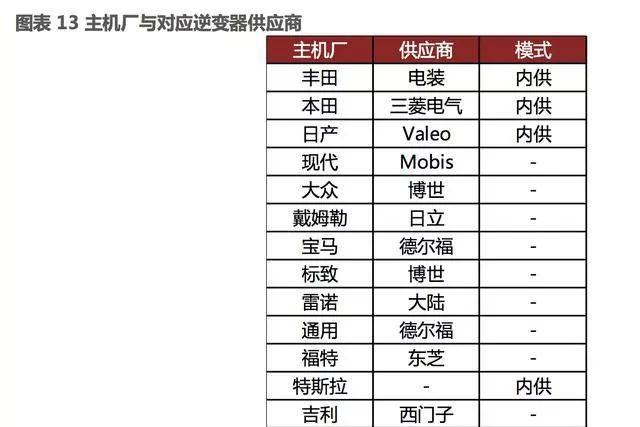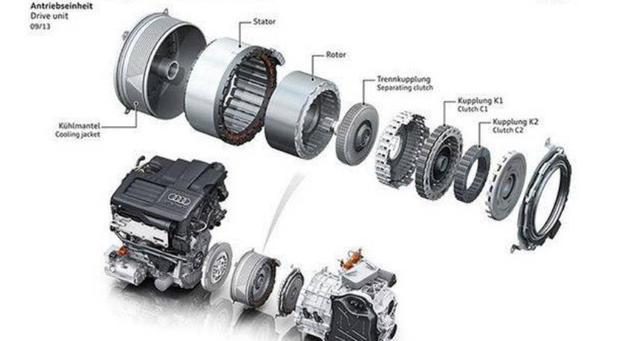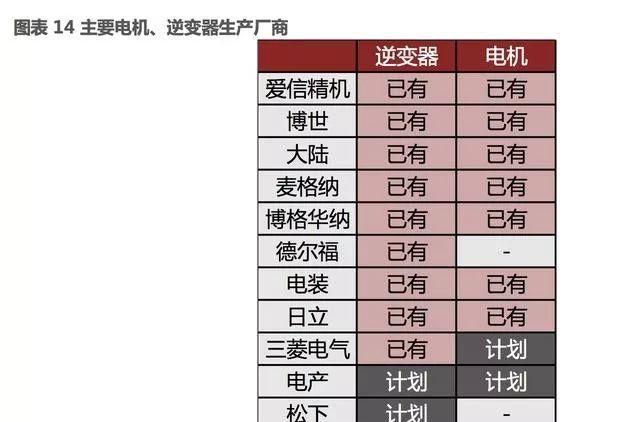With the continuous increase in the penetration rate of electric vehicles worldwide, the drive motor industry will usher in the rapid expansion of the overall scale. In this process, third-party motor manufacturers with economies of scale and technological advantages will have the opportunity to rapidly expand their market share and gain substantial growth in their performance. Global Drive Motor Market Trends According to estimates, with the rapid advancement of global automotive electrification, the market for new energy vehicle motor systems will rapidly expand. The market size is expected to grow from $2.3 billion in 2015 to $31.8 billion in 2030. The new energy vehicle motor system mainly includes two parts: the electric motor and the inverter. Although same as most other auto parts, these two parts are under downward pressure for a long time, but due to the increase in the total amount of new energy vehicles, the industry as a whole still has a comparatively Big room for growth. We expect that by 2030, the average annual growth rate of the market will be around 18%-20%. In terms of system unit price, the overall development of the motor system toward high power has also brought about an increase in the assembly price. According to estimates, under the assumption of neutrality, the sales of electric vehicles will reach 20 million units in 2030, accounting for about 16%-18% of the total sales of passenger cars in the year. However, if we put the optimistic scenario, that is, the battery price drops sharply and the environmental protection policy is more stringent, the growth rate of electric vehicle sales may rise sharply. We expect that the total annual sales of new energy vehicles may be optimistic under optimistic conditions. It reached the level of 30 million units, which accounted for about 25%-27% of the car sales in that year. It is expected that the power demand of single-motor hybrid vehicles will be about 30kw (average price is about $200-$300), the mixed power of dual motors will be about 50-100kw (average price is $800-$1000), and the electric power of pure electric vehicles is about 200kw ( The average price is $1000-$1500. To download the full report of this article, please visit the Leoch think tank website on the PC: Motor market situation We expect the average annual sales growth of electric motors (excluding inverters) will reach 18% by 2030. By 2030, the overall sales volume of the industry will reach $ 19.5 billion, which is an increase of nearly 17 times compared with the level of $ 1.2 billion in 2015. It is expected that the sales volume of electric motors will increase from 3.6 million in 2015 to 49 million in 2030. At the same time, the number of bicycle motors is expected to decline, from 1.8 to 1.4, mainly due to the increase in sales of pure electric vehicles for single motors. However, we expect that the unit price of electric motors will further increase, from the current $350 to $380, which is mainly driven by the wider application of high-priced and high-power motors. From the perspective of market share, the Toyota Group was far ahead of the 2016 data (the Group’s main motor manufacturers include Denso and Aisin Seiki), and the Honda Group ranked second, while both groups are also The mixed field holds a leading position in the world. This was followed by BYD and Futian Motor, a Taiwanese motor manufacturer that supplied Tesla. In the long-term development of the motor industry, the rise of third-party suppliers will be the trend. If we observe the current situation of the Japanese auto industry chain, it is not difficult to find that the top three (Toyota, Honda, Nissan) that occupy the leading position tend to self-power supply products. This is in addition to the traditional genes of Japanese manufacturing companies. The stage of development of the industry is relevant. If you look at the history of the PC and mobile phone industry, it is not difficult to find that these two industries were highly integrated upstream and downstream in the early stages, whether it was the HP, Apple, Silicon Graphics companies in the PC industry, or Nokia, Motorola in the mobile phone industry. All of them are highly integrated in the production chain, because in the initial period, the product replacement is fast, requiring upstream parts suppliers to quickly respond to each other, so the integrated production model has a higher cost performance; However, in the middle and late stages of the development of the industry, due to the expansion of the entire market scale, the speed of product replacement at the same time does not need to be as fast as the initial period. At this time, the scale effect of the third-party suppliers taking the entire market as the target of customers is reflected, which also gave birth to Foxconn, The rise of a series of third-party suppliers such as Micron and Hynix. The new energy automotive motor industry is no exception. From the current point of view, Honda has announced that it will cooperate with Hitachi to produce motors. At the same time, Nissan also mentioned at the investor exchange meeting that it may start to extract the electric motor in the future. In October 2017, Mitsubishi Electric announced that it will supply Daimler-Benz with motors and inverters. With the popularization of high-performance and low-cost products by third-party motor manufacturers, it is a general trend that the market share of the motor industry is transferred from the host plant to third-party companies. At present, Japanese motor companies have begun to respond to the changes in the trend brought about by electrification. We expect that Denso and Aisin Seiki will first use their existing scale advantage and occupy a market share at a lower cost, and the immediate power generation and Mitsubishi Electric will quickly follow suit. At present, the average gross profit margin of the motor industry is around 30%, and the production scale is one of the main factors that determine the level of gross profit margin. Inverter industry situation We predict that the inverter industry will also see rapid growth. According to estimates, the sales revenue of the inverter market will increase from $1.2 billion in 2015 to 13.3 billion in 2030. From a sales perspective, because the ratio of inverter to motor is basically 1:1, it is expected that its total sales will increase from 3.6 million in 2015 to 49 million in 2030. At the same time, the supporting price of bicycles will drop from $300-$400 to $200-$300, which is mainly due to the cost-scale effect after the volume. Similar to the field of motors, Toyota Group is also in the leading position in the inverter industry. At the same time, the Electric Group of the Toyota Group is currently expanding its inverter customers on a large scale. After Toyota, Mitsubishi Electric also has a considerable market share. Technological evolution From the perspective of motor classification, there are mainly four kinds of DC, AC induction, permanent magnet synchronization, and switch magnetoresistance. The new energy automotive motor is mainly used in the latter three. At present, permanent magnet synchronization is a mainstream motor type because of its superior performance. AC induction motors are moderately priced, but their performance is somewhat poor, and they are used by some manufacturers in the United States and China. The main advantage of the switched reluctance motor is its lower price, but at the same time there are technical problems with noise and vibration. If these problems can be solved, the switched reluctance motor will have a large market. AC Asynchronous Motors: Although from the current point of view, AC asynchronous motors (with a rated power of about 79-85) do not have advantages over permanent magnet synchronous power, but their cost is much lower than that of a permanent magnet synchronous motor. In terms of volume, AC asynchronous motors are larger than permanent magnet synchronous motors and are mainly limited by the design configuration. Permanent-magnet synchronous motor: The motor has a rotor that encloses a permanent magnet, and the overall system power is relatively large (about 90-92), and the volume is small. The cost is relatively expensive, mainly due to the higher price of permanent magnet materials. At present, research on reducing the use of permanent magnets is underway. Research is also focused on improving the output efficiency of magnets. Permanent magnet motors are the most widely used types of motors in the electric vehicle industry. Switched reluctance motors: The price of switched reluctance motors is very competitive, mainly due to the fact that there are no high-cost permanent magnets in their rotors and their power is moderate (rated power is around 80-86). Since the stator and rotor are used to provide power, vibration and noise caused by the process are the main problems. As electric vehicle motors are currently in a period of rapid increase in volume, we believe that the increase in demand will accelerate the replacement of technological innovations. Motor technology upgrade direction By studying the technological evolution of motors in the past 20 years, we have found that there is still room for further improvement in motor technology. First look at the thickness of the steel used in the movement. For stators and rotors, it is mainly composed of thin electromagnetic steel layers. In 1997, the first generation Toyota Prius used a 0.35mm steel layer, which was subsequently reduced to 0.3mm, and in the recent 2016 it was reduced to 0.25mm. In general, the increase in the number of thin steel layers can increase the motor efficiency, but also help control the motor temperature. At present, the manufacture of thin steel is a major technical problem in the industry. The main difficulty lies in controlling the rebound in die casting and the consistency of the steel sheet material. From the current situation, rotary forging processing technology will increasingly become the mainstream manufacturing method in the industry due to its advantages in cost and production efficiency. Second, in terms of winding density, the amount of winding in the stator is an important factor in determining the power of the motor. The determination of the amount of winding is mainly the number of turns of the copper wire around the movement in a limited space. Technical aspects The use of inserters at present is suitable for high-power stator machining and has gradually become a standard in the industry. The types of coils are mainly square and round. Currently, mainstream manufacturers use round shapes. However, due to the high space utilization, square technology is gradually replacing circularity to become the general direction of the industry, while Toyota and Honda currently Has begun to use square winding technology in batches. From other manufacturers, Yaskawa Electric has started to develop electronic winding technology with the aim of improving control and efficiency (Mazda has started trials). Finally, in terms of the cooling system, the motor and the inverter are divided into two parts: the motor, since the magnetic force of the permanent magnet motor will be weakened as the motor temperature increases, the efficiency of the cooling system is crucial for the high-power operation of the motor. From the perspective of technological evolution, the mainstream cooling technology has evolved from air-cooled and water-cooled to the current stage of oil cooling. Its main technical means is to immerse the motor in the oil-cooled room to achieve the purpose of cooling. Although some experts believe that the friction with oil will reduce the efficiency of the motor, but in all aspects, oil cooling is still the most effective cooling mode under current technical conditions. In terms of inverters, the cooling system is equally important for the performance of the inverter. Nissan recently claimed that in the new 2017 model of the wind, relying on the inverter cooling system, the output power of the motor was increased from 80kw to 110kw, while the other motor Some are the same as the previous generation. This shows the importance of the inverter cooling system. Although the use of silicon carbide will increase the thermal and compressive resistance of the motor, its high cost may make it difficult for the large-scale application to arrive in the short term.
Our
veterinary medicine products are mainly used for animal reproduction,
such as PSG, HCG, etc. There are three procution lines in production,
producing ten kinds of products. We got the first GMP certificate for
vet medicine issued by Ministry of Agriculture, P.R China in 2005, and
passed the GMP re-inspection in 2011 and 2016.
Veterinary Medicine,Veterinary Medicine Fenbendazole Powder,Veterinary Disinfectant Medicine,Antibiotic Veterinary Medicine Jiangxi Institute of Biological Products Inc. , https://www.jxinstitute.com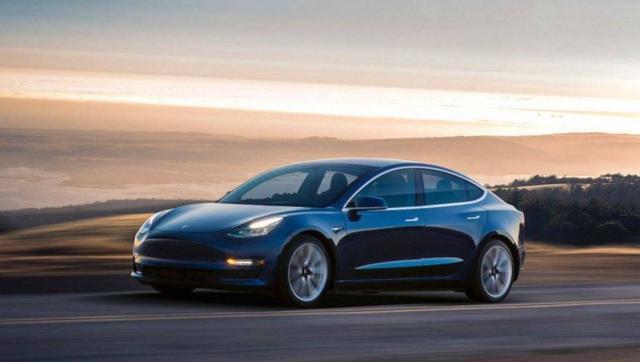
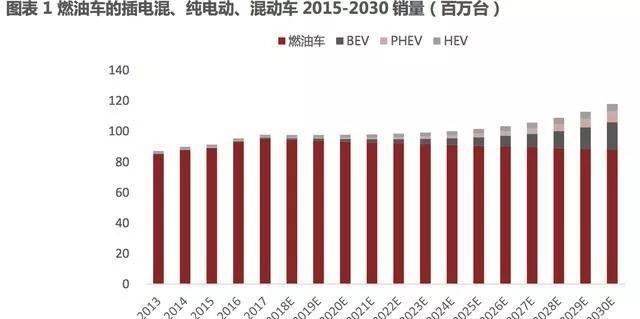
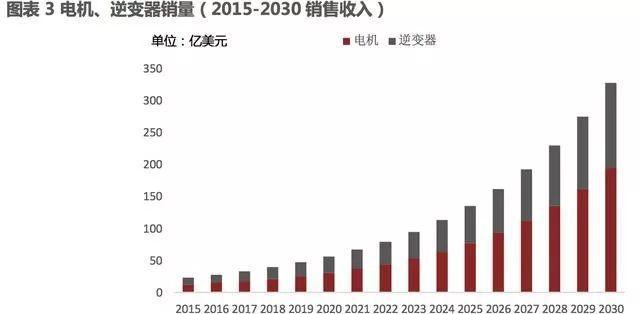
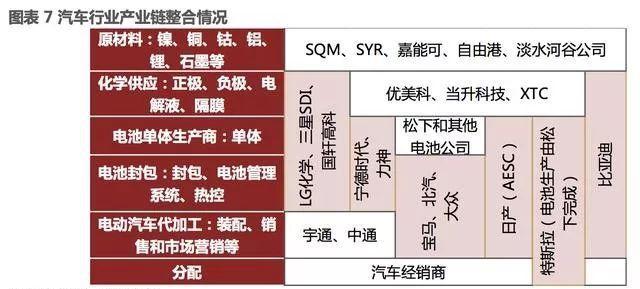


![]()
